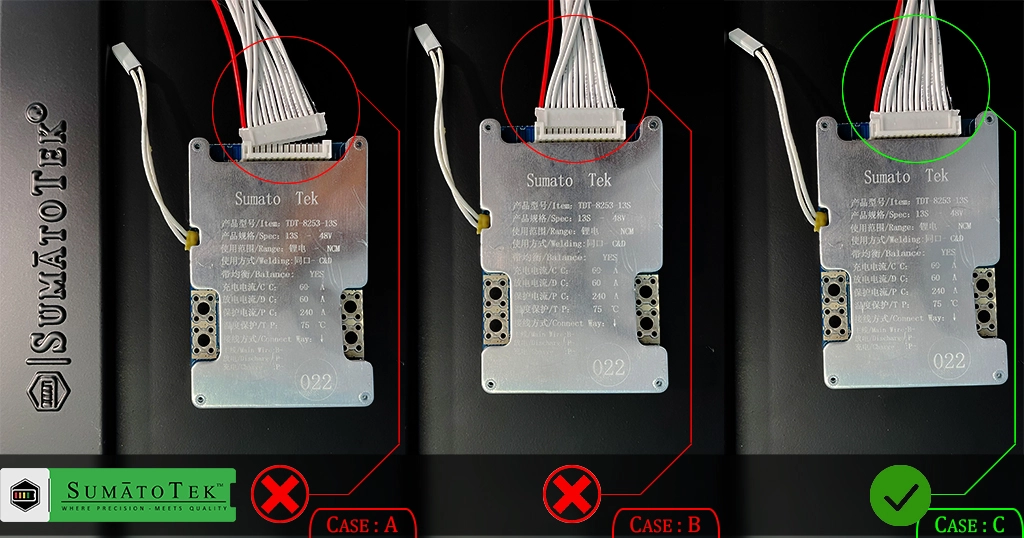A. If you have a faulty Sumatotek Lithium Battery which you want to send for replacement, please follow the below steps to ensure you get the fastest service.
- Note down the Serial Number/Barcode of the Battery. You can find the Barcode/Serial Number of the Battery on the sides of the battery & on the Warranty Card of the Battery. Take a picture of the Serial Number.
- Search for & take a photo of the Warranty Card with visible Serial Number/Warranty Card.
- Search for the original invoice of your product. It will be required for warranty claim.
- As mentioned on the Warranty Card, customers need to register for warranty at the time of purchase. They will receive a confirmation of their successful warranty registration on their mail. Keep in mind that you cannot register your battery for warranty 15 Days after the date of purchase. In case you do register after 15 days, the registration wont be accepted.
- Raise a Ticket on our SUMATOTEK Support Page. Don’t forget to mention correct Serial Number/Barcode on the ticket. This step is very important as without a ticket your battery even if received at our service centre wont be processed for replacement until a ticket is raised. The product may also get lost without a valid ticket number or without a valid serial number.
- Stick a label on the battery with the correct ticket number, your name, contact details and then courier/drop the battery at our service centre. Once you send the battery to our service centre you are bound by our Warranty Policy & Service Policy as mentioned on our website.
- If you want to send a charger, raise a separate ticket for charger or clearly mention the serial number of the charger in the ticket raised for the battery. Without a separate ticket for charger or serial number of the charger in the ticket the charger could get lost and Sumatotek wont be liable for any such loss.
- If you are sending the product by courier, do not forget to mention the tracking number on the ticket. Sending such details on Whatsapp or over phone may result in loss of product or non receiving of the product. A copy of the intimation can be sent over Whatsapp for faster response.
- Always send by courier/transport which can deliver directly to the Service Center. A receiving is must to validate that the product has indeed been received by the Service Center. You can also ask the Service Executive to arrange pickup for you. Any loss or damage during transit is not the responsibility of the Service Center. The customer is requested to add an insurance before shipping the product to & from the Service Center. The insurer’s terms & conditions shall apply for such damage claims.
- All reports will be uploaded on the ticket & any objection to any step in the process can be replied to on the ticket. No other forms of communication will be considered an official mode of communication with the SUMATOTEK Service Center.
Warnings : - SUMATOTEK Service Center does not hold any responsibility for any lost material even after receiving the battery if the serial number mentioned on the Ticket is incorrect.
- In case of Water damage cases all proofs will be uploaded on the corresponding ticket to which the customer must reply or visit for any objection within 7 days. Post which any objection wont be considered.
- Any material shipped to & from us is the liability of the customer during transit unless insured by an insurance company.
- Charger if sent with the material must be informed with serial number on the ticket. Without any prior information no claims of said chargers will be processed.

